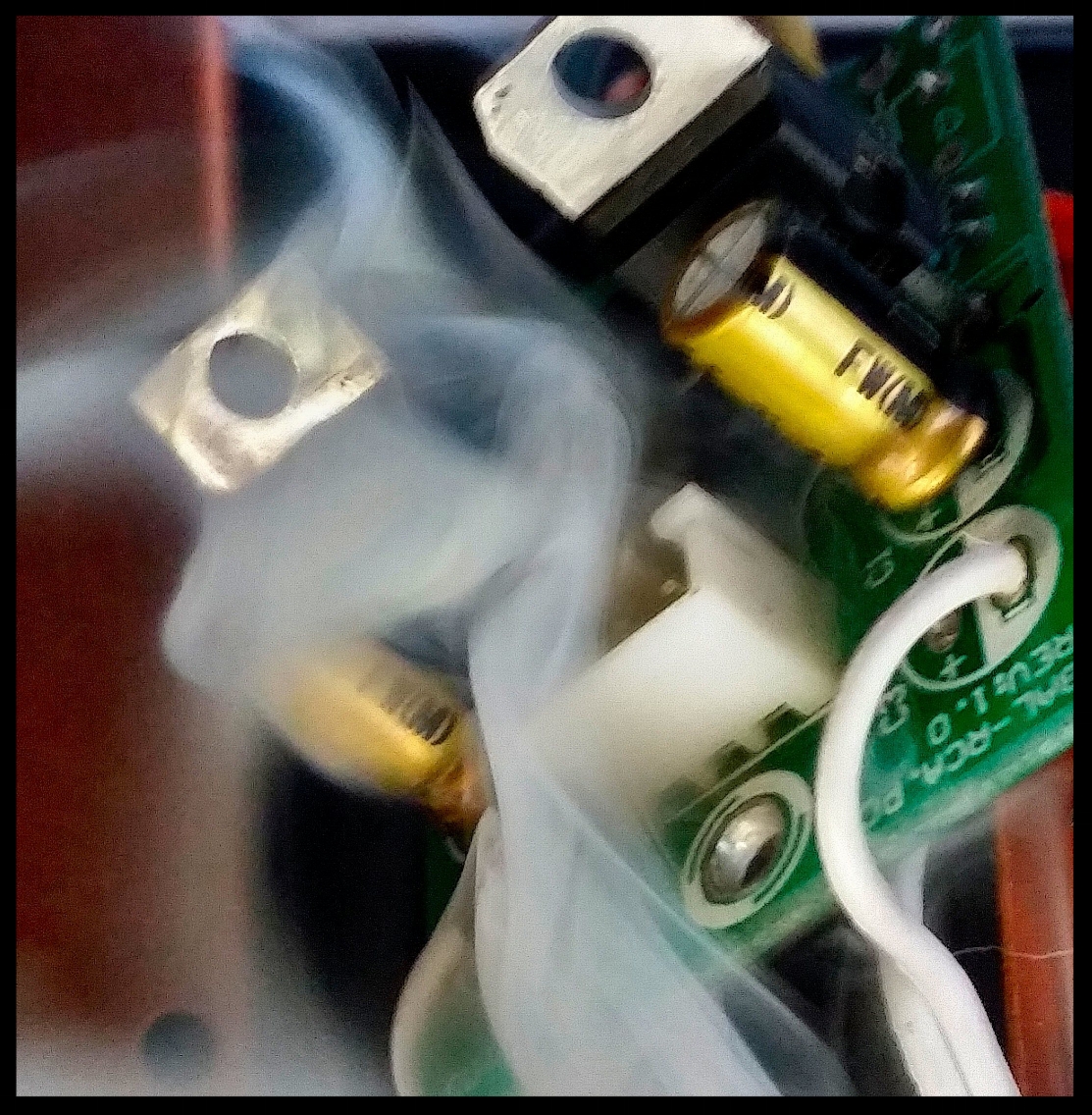On a low budget? Let The Kinks provide the soundtrack to your audio emancipation. Now read on...
I first became acquainted with Hifi in the late 1970’s. Two work colleagues talked me into building an ETI Series 4000 Amplifier kit. At the time I knew as much about Hifi as I did about electronics. This started a quest to obtain as good a Hifi system as possible for as small an amount of money as possible. As one piece of equipment failed I would upgrade to the next monetary level but always with prudence, skeptically inspecting the new equipment and its price tag.
Yay! The NAD has started smoking; time for a new amplifier!
Jump forward a few years to 2011. My NAD amplifier fell silent and I started looking. I was interested in valve amplifiers but not their $5000 price tags. After some research I obtained a Yaqin MC100B Chinese amp for $1200.
Straight out of the box it was not too flash, but improved somewhat over the next couple of weeks.
After a few months I began looking for someone who could modify this equipment with a view to improving the sound quality. I finally met Bill Crampton of The Factory Audio Engineering.
I liked what he had to say so gave him the amp to work on. After three trips to The Factory I ended up with an amplifier that was much better than I had believed possible. And all this still for far less than $5000. I was totally happy with the results and enjoyed the music for several years with no thoughts of, or desires for, something better.
On one of my visits to Bill, he made a remark similar to a comment attributed to an Irish farmer, who was asked by a tourist couple for directions to a particular place they wanted to visit. The farmer thought about it for a while, then said, “Well it would be better if you didn’t start from here.” Bill’s comment was that if you wanted to do up an amplifier, there were better ones around and that a Perreaux 6000 series would be a good place to start. I had let this comment pass, other than to ask what one of them looked like.
They look a little like this.
In 2014 my son acquired a Perreaux 6000B to use as a subwoofer amp. He hooked it up to his system to see what it sounded like. I went around for a listen and thought “that sounds interesting.”
On to Ebay and I found four amps for sale. No.1 “not working”, No. 2 “1 channel working,” No. 3 “ casing has some damage” No.4 “full working order”. Big mistake, I bought No. 4.
$550 plus $40 freight from Qld, hooked it up. Nothing. Checked the fuses, most of them blown.
I thought about returning it, but heck, I was going to remake it anyway.
In the beginning....
Off to Bill Crampton, “Please make this work.” $589 later I could listen to it. One recording I have on vinyl, when played with my valve amp, has three instances where there are some quite beautiful sounding brass bells. With the Perreaux they sounded like someone shaking some scrap steel in an aluminium saucepan.
Back to The Factory. Please upgrade all components which have evolved since 1964 into better more suitable components for the job at hand, and do what ever modifications you believe will enhance sound quality. After the modifications, the brass bells returned but were still better with the valve amp.
Then we removed the power supply to a separate box:
A wee power supply...
With the power supply in a separate aluminium box, things really got better. The brass bells were not just there on three occasions, they actually went right through the entire track! The valve amp has now been relegated to the television and all is well.
But what would happen if we duplicated the power supply so that each channel had it's own? Two transformers, two sets of capacitors? Let's do it.
Et deux...
With the separated power supplies the sound is way beyond my wildest dreams. Clarity, detail, separation, power, unbelieveable.
My wife and I have only heard three amplifiers which are either regarded as very good, or are expensive enough to be very good. The first we heard was in Sandy Bay Hifi store in Hobart in 1985. It was an Audio Research valve amp and sounded superior to anything we had heard at the time. The second was in 2012 in Mon Kok, Hong Kong. An elderly gentleman in a store spent his time renovating vintage American amplifiers.It was a Macintosh; certainly something to make one stop and listen. The third one we heard was in a salon (the carpet came up to our ankles) in Central,Hong Kong, 2015. We cannot remember the brands but can recall the prices. The sound quality was quite amazing.
It is impossible for us to say which amplifier we think was best as the surroundings on each occasion were different as were the music and the speakers.
So, is our new amplifier any good? All we can say is that in our room, with our ProAc Response II speakers and the rest of our equipment, some of which we have had since 1979, it very much sounds like what we heard on the previous three occasions. The best part is that this performance has an all up cost of less than $3000.
Colin Carr






